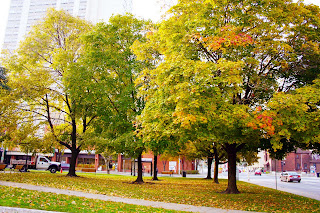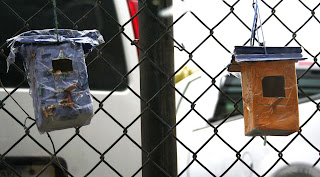A Reason, a Season or a Lifetime
People come into your life for a reason, a season or a lifetime.
When you figure out which one it is,
you will know what to do for each person.
When someone is in your life for a REASON,
it is usually to meet a need you have expressed.
They have come to assist you through a difficulty;
to provide you with guidance and support;
to aid you physically, emotionally or spiritually.
They may seem like a godsend, and they are.
They are there for the reason you need them to be.
it is usually to meet a need you have expressed.
They have come to assist you through a difficulty;
to provide you with guidance and support;
to aid you physically, emotionally or spiritually.
They may seem like a godsend, and they are.
They are there for the reason you need them to be.
Then, without any wrongdoing on your part or at an inconvenient time,
this person will say or do something to bring the relationship to an end.
Sometimes they die. Sometimes they walk away.
Sometimes they act up and force you to take a stand.
What we must realize is that our need has been met, our desire fulfilled; their work is done.
The prayer you sent up has been answered and now it is time to move on.
this person will say or do something to bring the relationship to an end.
Sometimes they die. Sometimes they walk away.
Sometimes they act up and force you to take a stand.
What we must realize is that our need has been met, our desire fulfilled; their work is done.
The prayer you sent up has been answered and now it is time to move on.
Some people come into your life for a SEASON,
because your turn has come to share, grow or learn.
They bring you an experience of peace or make you laugh.
They may teach you something you have never done.
They usually give you an unbelievable amount of joy.
Believe it. It is real. But only for a season.
because your turn has come to share, grow or learn.
They bring you an experience of peace or make you laugh.
They may teach you something you have never done.
They usually give you an unbelievable amount of joy.
Believe it. It is real. But only for a season.
LIFETIME relationships teach you lifetime lessons;
things you must build upon in order to have a solid emotional foundation.
Your job is to accept the lesson, love the person,
and put what you have learned to use in all other relationships and areas of your life.
It is said that love is blind but friendship is clairvoyant.
things you must build upon in order to have a solid emotional foundation.
Your job is to accept the lesson, love the person,
and put what you have learned to use in all other relationships and areas of your life.
It is said that love is blind but friendship is clairvoyant.
— Unknown


















